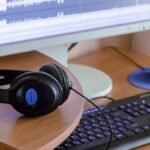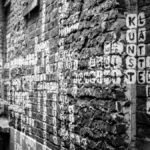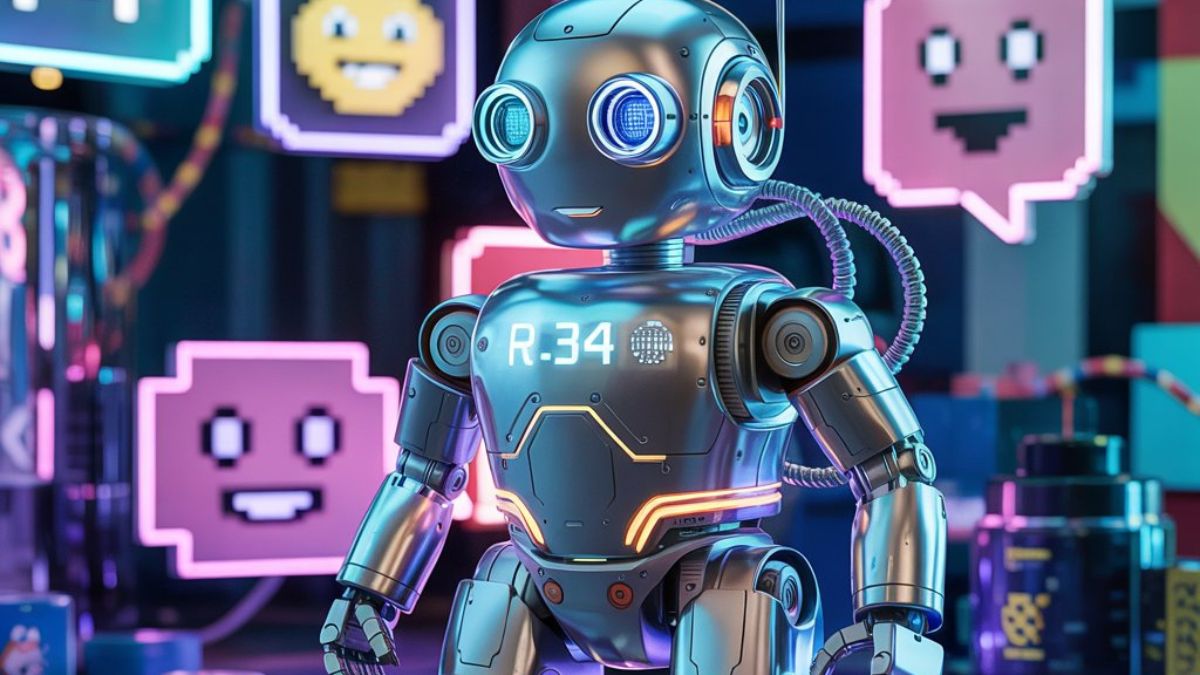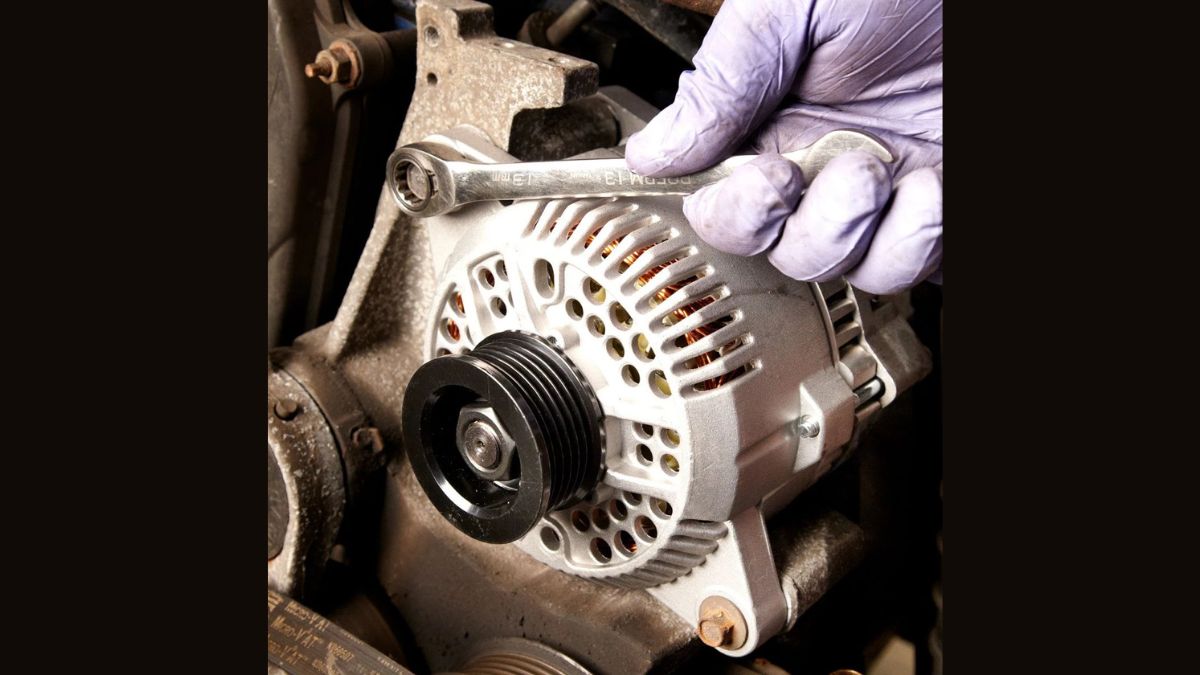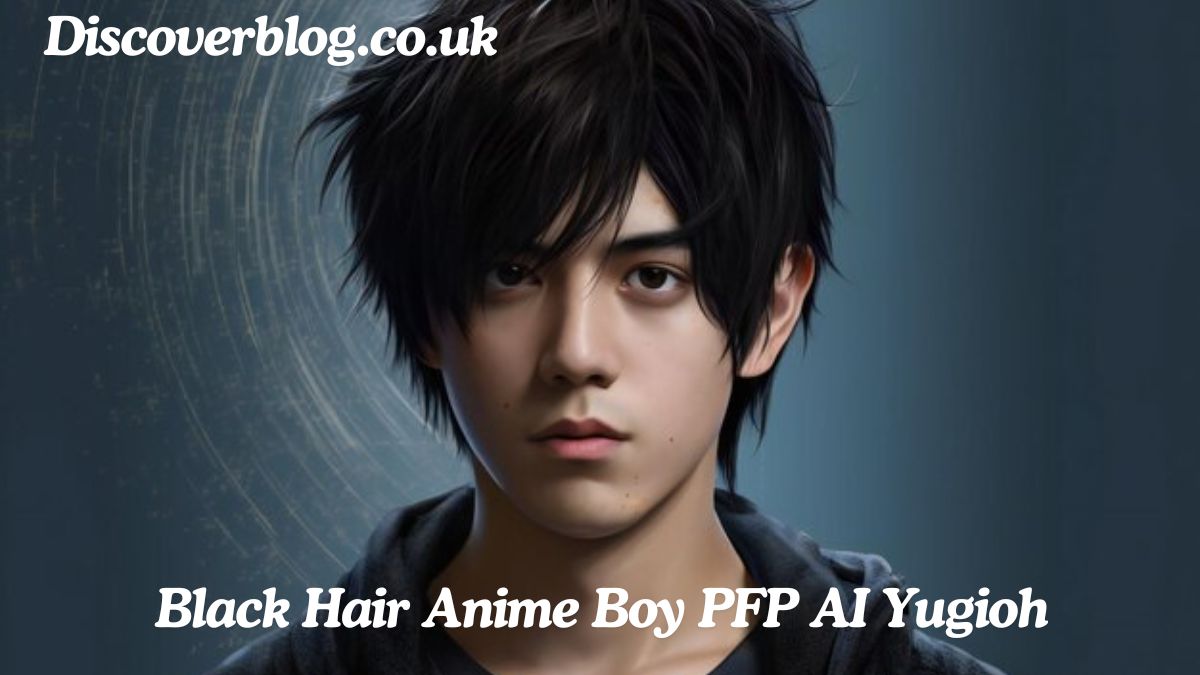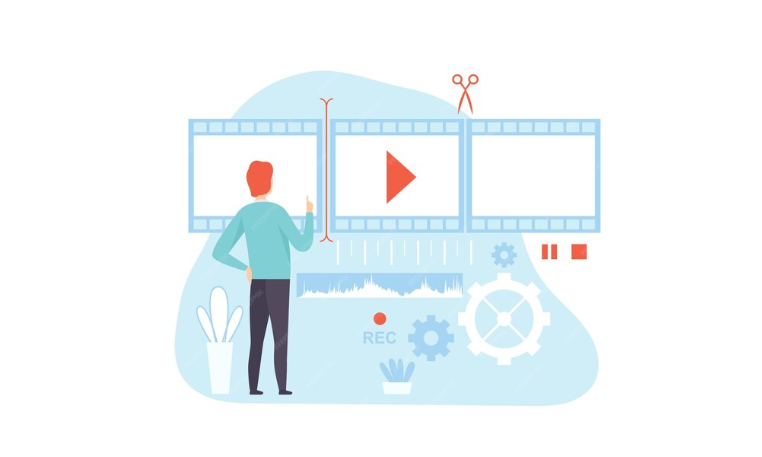Artificial intelligence encounters internet creativity in an unexpected and disruptive way. AI-generated art merged with offline internet communities produces Robot R34 which causes fascination and generates controversies. This article discusses how Robot R34 upsets conventional beliefs about artwork rights while it interacts with both meme culture and ethical considerations about consent. This piece will trace the development of Robot R34 starting from its origins alongside the technological methods used and cultural changes it initiated and the critical questions it brings to creative futures.
What Is Robot R34? Defining a Digital Phenomenon
The concept of Robot R34 depicts digital artwork that derives from the internet axiom “if it exists there is porn of it.” Users harness the power of DALL-E along with Stable Diffusion and Mid Journey to produce highly specific content which has ambiguous boundaries between artificial and biological creativity. The production speed of Robot R34 distinguishes it from traditional fan art because it features surreal visuals that developed from online cultural movements.
Key Features:
-
AI-Driven Creation: Algorithms trained on vast datasets generate images in seconds.
-
Niche Communities: Shared on platforms like Reddit, 4chan, and Discord.
-
Boundary-Pushing Content: Often tests legal and ethical limits.
The Rise of AI-Generated Art: Technology Unleashed
AI art tools now allow mobile device users to generate beautiful artwork through their smartphone’s functionalities. But how does it work?
The Tech Behind the Magic:
-
Neural Networks: GANs (Generative Adversarial Networks) utilize millions of images to gain knowledge for their operational learning.
-
Text-to-Image Models: Users supply “cyborg cat in a neon city” type prompts to the system which functions as input guidance for model output.
-
Iterative Refinement: A refinement process that uses multiple repetitions to modify algorithm details constitutes Iterative Refinement.
By the Numbers:
- Market analysis by Grand View Research anticipates the global AI art market will expand by a 34.5% CAGR from 2023 to 2030.
- Each day millions of users try out tools such as Mid Journey among its ten million daily users.
Internet Culture’s Role: Memes, Remix, and Anonymity
The chaotic internet environment serves as an optimal environment for Robot R34 due to prevailing memes and remix traditions.
Why It Spreads:
-
Meme Logic: The use of absurdity along with shock value enables engagement from viewers.
-
Anonymity: Users can explore controversial subjects through anonymity to avoid experiencing adverse impacts in their regular lives.
- Community Identity: Groups bond over shared humor or rebellion.
Case Study: A viral Robot R34 image of a popular cartoon character reimagined as a steampunk villain garnered 500k retweets, showcasing how AI art fuels participatory culture.
Ethical Dilemmas: Consent, Copyright, and Exploitation
Bold Claim: Robot R34 forces us to rethink who “owns” creativity—and at what cost.
Key Issues:
-
Copyright Chaos: The ownership of AI art remains indistinct since it belongs to users who produce it and toolmakers who develop AI software as well as the originators whose work serves as reference material.
-
Consent Crisis: The training datasets from Consent Crisis use copyrighted or private images which lack proper permission.
-
Deepfake Dangers: Explicit content created via artificial intelligence enhances potential harassment situations.
Stat Alert:
A 2023 Stanford study found 68% of AI art tools use datasets with unlicensed images.
Legal Landscape: Navigating Uncharted Territory
Struggling to keep up with contemporary changes are the existing laws. According to the U.S. Copyright Office artificial intelligence-generated content fails to qualify for copyright protection but the EU implements new legislation to address the issue.
Notable Cases:
-
Getty Images vs. Stability AI: Lawsuit over unauthorized use of 12 million photos.
-
Artists’ Backlash: Digital artists joined forces by signing a petition which sought full control to exclude their work from AI learning databases.
The Future of AI and Art: Collaboration or Conflict?
Experts predict two paths:
-
Utilitarian Utopia: Traditional human-thinkers utilize AI technology as their creative partner.
-
Dystopian Divide: Social inequities increase because corporations acquire full control of advanced AI technologies.
Emerging Trends:
-
Ethical AI Initiatives: The tool Glaze delivers a capability for artists to protect their work by making it resistant to AI detection systems.
-
Hybrid Art Forms: The use of AI systems has become integrated into musical creation and creative writing by artists and writers.
Conclusion: Balancing Innovation and Ethics
Society uses Robot R34 as both a test measure and a meme to analyze the potential advantages and possible risks associated with artificial intelligence. Art democratisation through AI tools imposes an immediate necessity for public discussions concerning consent together with ownership and exploitation matters. The present moment requires us to determine whether AI potential can be accessed without erasing our ability to be human.


